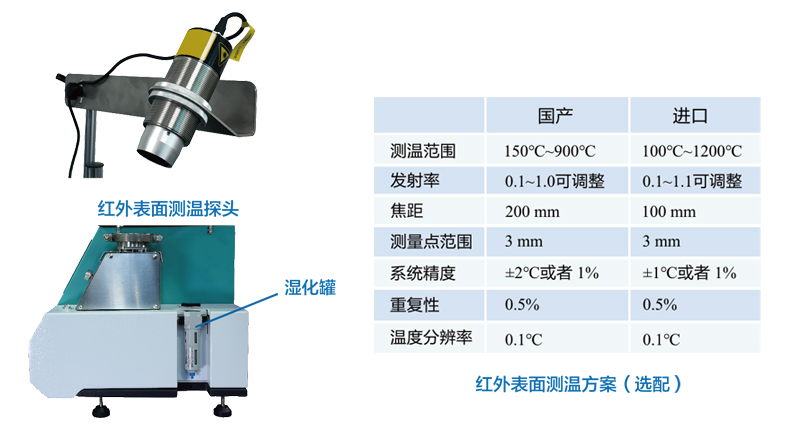From a photocatalytic perspective, considering gas-solid phase photothermal coupled reactions, the parameters can reach 550°C and 1.6 MPa, which can be used for the research of gas-solid phase photocatalysis/thermal catalysis/photothermal catalytic reactions. Liquid samples can be added at initial room temperature conditions or for humidification during the reaction.
With a focus on continuous differential reaction and considering closed integral reaction needs, this aims to provide a controllable flow and pressure, as well as light/heat-coupled reaction testing platform that can be used in conjunction with our company's Xenon Lamp Light Source. It is suitable for a wide range of photothermal catalytic reaction systems, such as photothermal CO₂ reduction, photo/thermal ammonia synthesis, and photo/thermal catalytic oxidation, etc.

● Uses a special method with high light-material interaction;
● Specially designed structure with good contact with the reaction medium;
● Effective sample injection and the option for humidification;
● Conventional temperature monitoring and surface schemes available!
▲ Especially Suitable ● Quite Suitable ○ Can be used
▲ Gas-solid phase photo(thermal)catalysis (e.g., CO₂ reduction, VOC degradation, nitrogen fixation, sulfur fixation, etc.)
Structural Features
● Reactor Material: 304 Stainless Steel (Pressure-resistant, Corrosion-resistant);
● Optical Window Characteristics: Effective transmission wavelength range 0.19~5 μm, diameter Ф35 mm;
● Gas Volume: Approximately 18 mL for the reactor, approximately 27 mL for integral mode, and approximately 35 mL for differential mode (with mass flowmeter on/off);
● Liquid Filling Amount: Filling limit is approximately 1.5 mL; (subject to working temperature and pressure limits);
● Catalyst Form: Powder material (loaded on special membrane material), porous sheet material (Ф51 mm, thickness ≤5.5 mm, materials with high expansion coefficients should be controlled to not exceed 5.5 mm at the operating temperature;
● Special Membrane Material: Ф37~Ф50 mm, effective size: ≥Ф35 mm.
● System Pressure Resistance: 1.6 MPa (gauge pressure);
● Flow Pressure Drop: 3.5 kPa (at 1 L/min flow rate);
● Pressure Measurement: 0~1.6 MPa (gauge pressure), ±0.25% F.S;
● Pressure Control Range: 0.3~1.6 MPa;
● Flow Control Range and Accuracy: 3~60 mL/min; Gas flow control range: 4%~100% F.S (CO₂ as standard, other gases optional); ±1% F.S;
● Gas Path Selection: 1 standard path, 2~3 optional paths;
● Reaction Temperature: ≥550°C (electric heating, measured with N₂);
● Heating Method: Electric heating, light heating, electrophotothermal coupling heating;
● Temperature Measurement: K-type thermocouple, 0~900°C;
● Temperature Control Range: Room temperature~550°C (measured with N₂);
● Temperature Control Stability: Room temperature~650°C (measured with N₂);
● Measurement Resolution: ±0.1°C;
● Photothermal Coupling Modes: Constant temperature, constant power, program-controlled temperature (up to 8 segments).